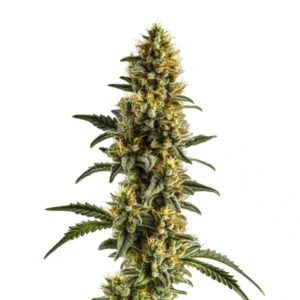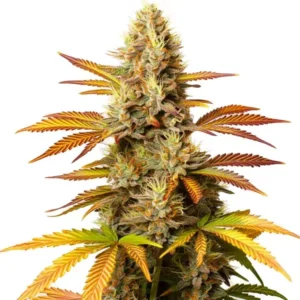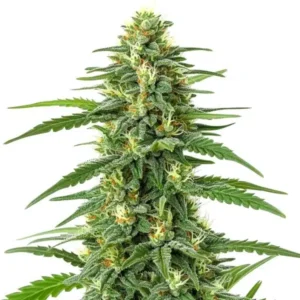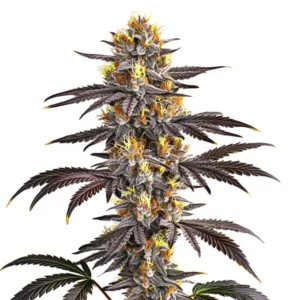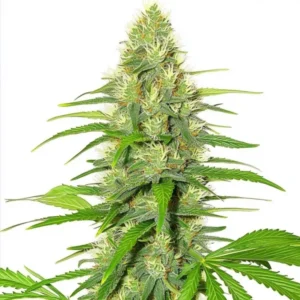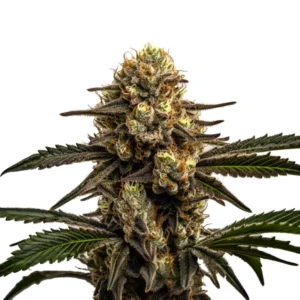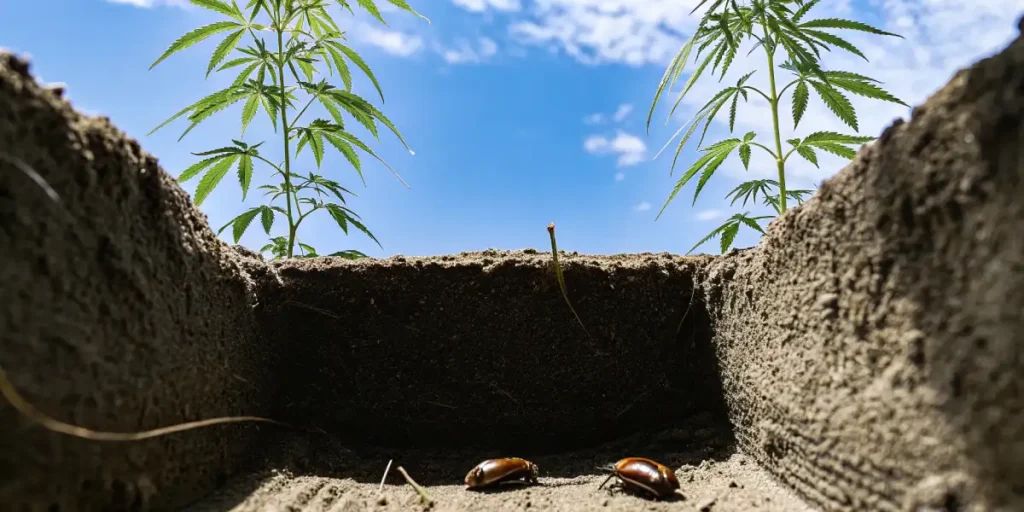
Bugs Eating Cannabis Plants Roots
When it comes to growing cannabis, few things are as frustrating as finding bugs eating cannabis plants roots. These pesky invaders can wreak havoc, leading to stunted growth and even plant death. Root pests in cannabis cultivation are a common challenge for both beginners and seasoned growers. Whether you’re nurturing your first plant or refining your technique, it’s essential to be aware of these issues.
Root-eating insects in cannabis can be sneaky. They often go unnoticed until significant damage is done. Imagine nurturing your crop for weeks, only to find yellowing leaves and wilting plants. It’s disheartening, but with the right knowledge, you can tackle these pests head-on. These tiny invaders might be small, but their impact is massive.
Identifying root-eating insects in cannabis is the first step to protecting your plants. Some common culprits include root aphids, fungus gnats, and nematodes. Each has its own destructive method. For example, root aphids feed directly on the plant roots, while fungus gnat larvae chew on the roots, hindering nutrient uptake. Knowing what you’re up against makes it easier to choose the best control methods.
Common Root Pests in Cannabis Cultivation
Root aphids are notorious for their ability to destroy cannabis roots. These tiny pests latch onto roots, sucking the life out of your plants. You might notice signs like wilting or yellowing leaves. If you check the roots, you’ll see tiny, soft-bodied insects clinging to them. It’s a sure sign that you need to act fast.
Fungus gnats are another common enemy. Adult gnats might seem harmless, but their larvae are the real threat. They feed on the roots, causing significant damage over time. If you notice tiny flies hovering around your soil, it’s time to dig deeper. Check the soil for larvae, which resemble tiny white worms.
In addition to root aphids and fungus gnats, nematodes can also pose a significant threat. While some nematodes are beneficial, others are harmful and can infiltrate the root system, causing damage from within. Regular monitoring is crucial to catch these pests early and apply appropriate solutions.
Another pest to be wary of is the root mealybug. These insects are covered in a waxy substance, making them harder to detect and eliminate. They can cause extensive damage by feeding on the plant’s roots and inhibiting nutrient absorption, ultimately leading to reduced plant vitality.
Identifying Root-Eating Insects in Cannabis
One practical method to identify these pests is by closely observing your plants. Yellowing leaves and stunted growth are telltale signs of bugs eating cannabis plants roots. Carefully examine the soil and roots. Use a magnifying glass if necessary. Spotting the pests early can save your crop.
Sticky traps are a useful tool for identifying fungus gnats. Place these traps near your plants to catch adult gnats. This helps confirm their presence, prompting you to take action against their larvae. Regular monitoring is key to keeping your plants healthy.
Another effective way to identify root pests is by using soil drench tests. Water the plant thoroughly and check the runoff for any pests. This simple test can reveal the presence of root aphids and other insects. Early detection means you can apply treatments before the infestation worsens.
Visual inspections should be complemented with periodic soil analyses. By examining the soil composition and microbial activity, growers can gain insights into the presence of harmful pests and implement timely interventions to protect their cannabis plants.
Cannabis Strains Resistant to Root Pests
Choosing the right cannabis strain can help in the battle against root pests. Some strains are naturally more resistant, making them ideal for pest-prone areas. At Blimburn Seeds, you’ll find strains that thrive despite these challenges.
For instance, the Banana Cream is known for its resilience. It’s a great choice for growers facing frequent pest issues. Its robust nature helps it withstand minor pest attacks, ensuring a healthy yield.
Another excellent option is the Gelato. This strain not only offers a delightful taste but also shows resistance to common root pests. Its vigorous growth can outpace minor damage, making it a favorite among growers.
Growers should also consider the Blue Dream strain, which is highly valued for its ability to thrive in difficult conditions and resist root pests. Its robust root system helps it withstand potential threats more effectively.
Incorporating pest-resistant strains like these into your cultivation strategy not only minimizes losses due to bugs eating cannabis plants roots but also enhances overall yield quality. These strains have been bred to offer growers peace of mind in pest-prone environments.
Promos & Deals
Cannabis Root-Eating Bugs Prevention
Prevention is always better than cure. One effective strategy is maintaining a healthy growing environment. Ensure your soil is well-aerated and drains properly. This discourages pests like fungus gnats that thrive in damp conditions. Consider using a quality soil mix to improve drainage.
Regularly inspect your plants for signs of pests. Early detection can prevent a minor issue from becoming a major infestation. Pay special attention to the undersides of leaves and the soil surface. Using beneficial insects like predatory nematodes can also help keep root pests at bay.
Another preventive measure is practicing crop rotation. By regularly changing the location of your plants, you can disrupt the life cycles of pests and reduce the likelihood of severe infestations. This method is particularly effective in outdoor cultivation settings.
Implementing an integrated pest management (IPM) plan is also critical. This approach combines cultural, biological, and mechanical methods to control pest populations. Regularly updating and adjusting your IPM strategy can ensure long-term success in combating bugs eating cannabis plants roots.
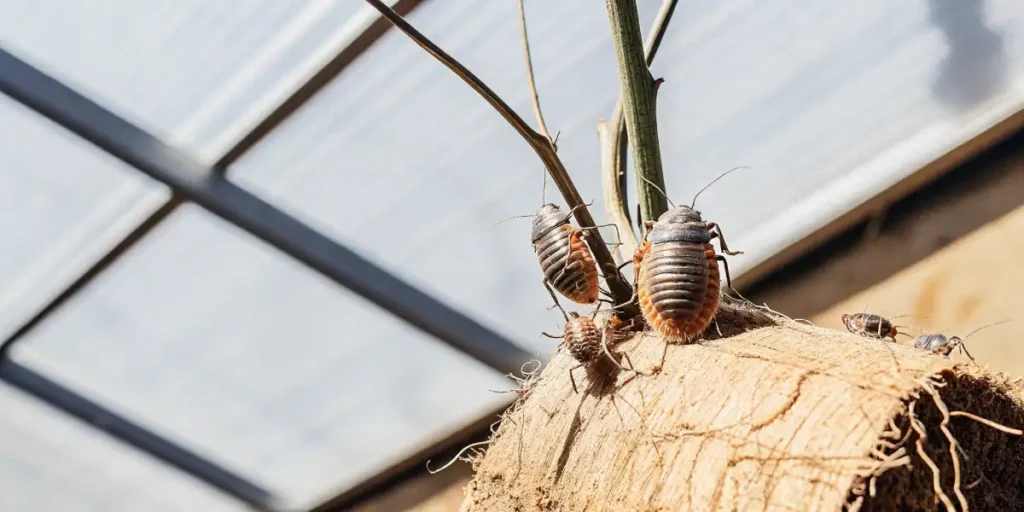
Eliminating Bugs from Cannabis Plant Roots
Once you’ve identified pests damaging cannabis roots, it’s time to act. Natural remedies for cannabis root pests can be effective. Neem oil, for instance, is a popular choice. It’s a natural pesticide that disrupts the life cycle of many pests. Apply it as a soil drench to target root aphids and fungus gnats.
Another option is diatomaceous earth. This powdery substance is harmless to humans but deadly to insects. Sprinkle it on the soil surface to deter pests from laying eggs. It also kills soft-bodied insects by dehydrating them. It’s a simple yet effective solution.
For persistent infestations, consider introducing beneficial nematodes into your soil. These microscopic creatures actively seek out and destroy harmful pests, providing a natural solution without damaging the plants themselves.
Additionally, employing physical barriers like floating row covers can protect young plants from pest invasions. These covers can prevent adult insects from accessing the soil and laying eggs, significantly reducing the risk of future infestations.
Natural Remedies for Cannabis Root Pests
Many growers prefer natural methods to tackle root pests. Besides neem oil and diatomaceous earth, you can use a garlic spray. Crush a few garlic cloves and mix with water. Spray this solution on the soil to repel insects. Its pungent smell is uninviting to many pests.
Another home remedy is a homemade insecticidal soap. Mix dish soap with water and spray on the soil. This suffocates soft-bodied insects, reducing their population. It’s an affordable and accessible option for many growers.
Essential oils, such as peppermint and rosemary, can also be effective deterrents. Dilute these oils in water and spray around the base of your plants. Their strong scents can repel pests and serve as a natural barrier to root-eating insects in cannabis.
Moreover, utilizing a compost tea made from organic matter can enhance plant health and soil quality. This natural amendment bolsters plant defenses against pests, reducing the impact of bugs eating cannabis plants roots and promoting robust growth.
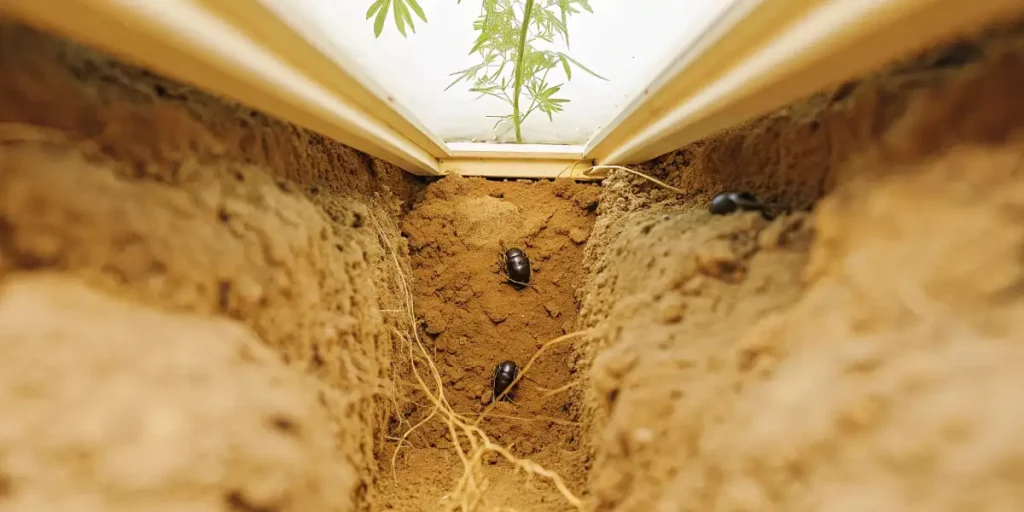
FAQs
What are the most common bugs eating cannabis plants roots?
Root aphids and fungus gnats are the usual suspects. Root aphids attach themselves to the roots, draining essential nutrients. Fungus gnat larvae munch on the roots, causing noticeable damage. Both can lead to yellowing leaves and stunted growth if not controlled.
Nematodes can also be a problem. While some nematodes are beneficial, others attack the roots. They’re less visible but can be just as destructive. Regular monitoring and choosing resistant strains like Banana Cream can help manage these pests.
Root mealybugs are another potential threat. These pests can quickly multiply and cause significant damage if left unchecked. Early detection and employing preventive measures are essential to managing these bugs eating cannabis plants roots effectively.
Identifying root-eating insects in cannabis is crucial for implementing timely interventions. By knowing the specific pests affecting your plants, you can tailor your approach to effectively manage and reduce their impact.
How can I prevent root pests in cannabis cultivation?
Maintaining a clean growing environment is crucial. Ensure your soil drains well to discourage pests like fungus gnats. Regular inspection of plants helps catch infestations early. Using beneficial insects like predatory nematodes can also keep pests under control.
Consider using a high-quality soil mix from the start. This can reduce the likelihood of pest problems. Planting resistant strains such as Gelato can also be beneficial. These strains can withstand minor pest pressures effectively.
Incorporating regular soil amendments with organic matter can improve soil health and structure, making it less hospitable to pests. Healthy soil promotes robust plant growth, reducing the susceptibility to root damage caused by pests.
Adopting cultural practices like proper watering techniques can further minimize the risk of root pests. Overwatering creates ideal conditions for pest proliferation, so managing moisture levels is key to successful cannabis root-eating bugs prevention.
What natural remedies are effective against cannabis root-eating bugs?
Neem oil is a popular natural remedy. It interrupts the life cycle of many pests, reducing their numbers. Diatomaceous earth is another option. It’s deadly to soft-bodied insects but safe for your plants.
Garlic sprays and insecticidal soaps are also useful. These solutions are easy to make at home. They repel and kill pests without harming the environment. Companion planting with marigolds can further reduce pest issues in your garden.
Essential oils can serve as potent deterrents against pests. Peppermint, clove, and eucalyptus oils, when diluted and applied around the plant base, can repel insects and prevent their colonization in the root zone.
Another natural approach is using beneficial fungi like mycorrhizae, which can enhance plant health and soil ecology. These fungi form symbiotic relationships with plant roots, strengthening them against pest invasions.
Can beneficial insects help eliminate bugs from cannabis plant roots?
Yes, beneficial insects can be a great help. Predatory nematodes are effective against root-eating bugs. They hunt down pests without harming your plants. Introducing them into your soil can naturally reduce pest populations.
Ladybugs and lacewings can also help. While they don’t target root pests directly, they can control other pest populations. This reduces overall stress on your plants, allowing them to grow stronger and healthier.
Introducing soil-dwelling predatory mites can further aid in controlling pest populations. These mites feed on various harmful insects, maintaining a balanced ecosystem that favors plant health over pest proliferation.
In addition to insects, parasitic wasps can target specific pests, such as aphids, reducing their numbers significantly. This biological control method is eco-friendly and can be integrated into a broader pest management strategy.
What cannabis strains are resistant to root pests?
Choosing resistant cannabis strains can make a big difference. Strains like Banana Cream and Gelato are known for their resilience. They can withstand minor pest attacks and still produce a good yield.
The Blue Dream strain is another strong option. It’s valued for its ability to thrive even in challenging conditions. Growing these strains can be a strategic move in pest-prone areas.
Another robust choice is the White Widow strain. Known for its hardiness, it can endure minor pest issues while continuing to deliver high-quality yields.
By selecting strains specifically bred for resistance, growers can enhance their chances of successful cultivation. This approach not only mitigates the damage caused by bugs eating cannabis plants roots but also contributes to a healthier, more productive garden overall.


